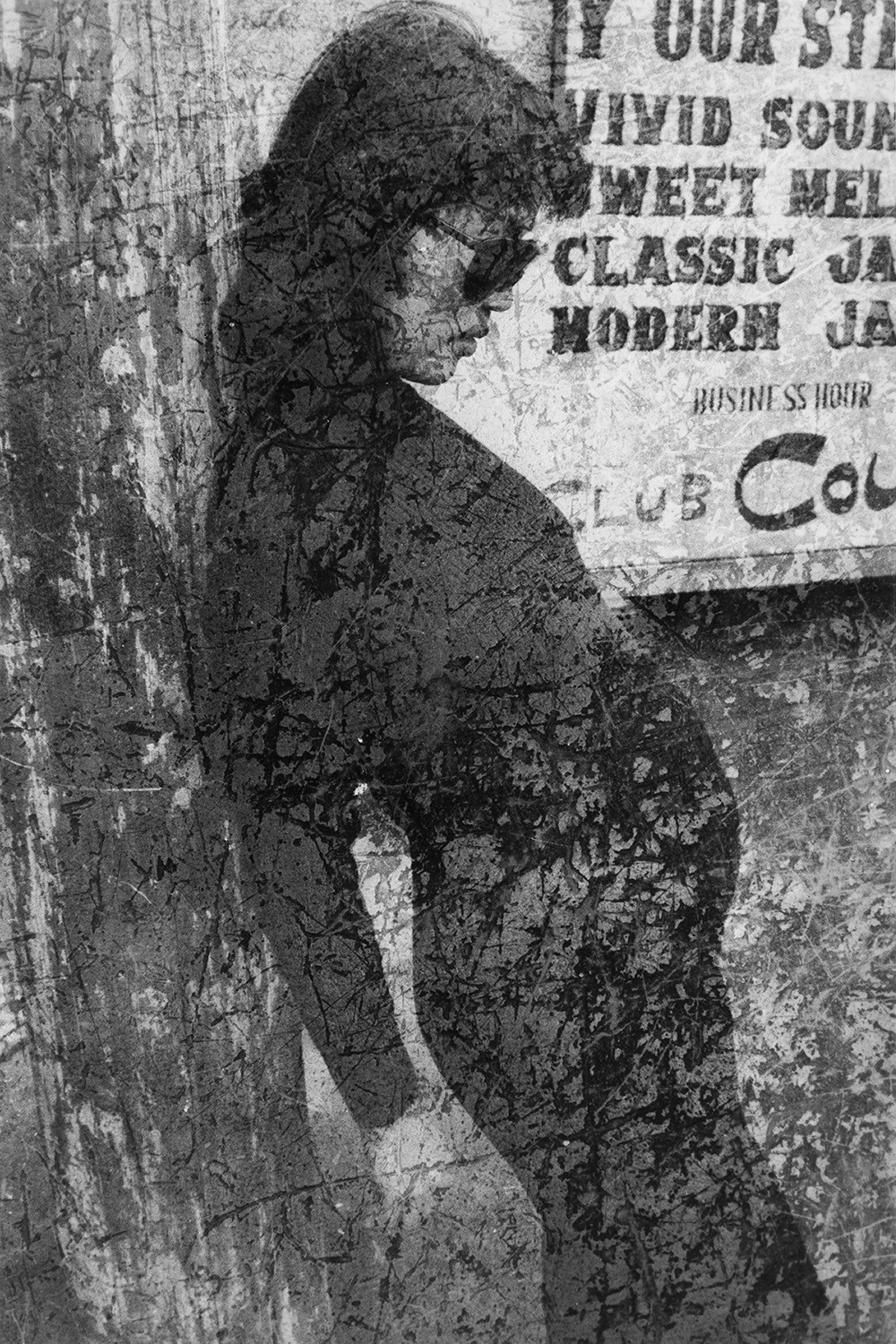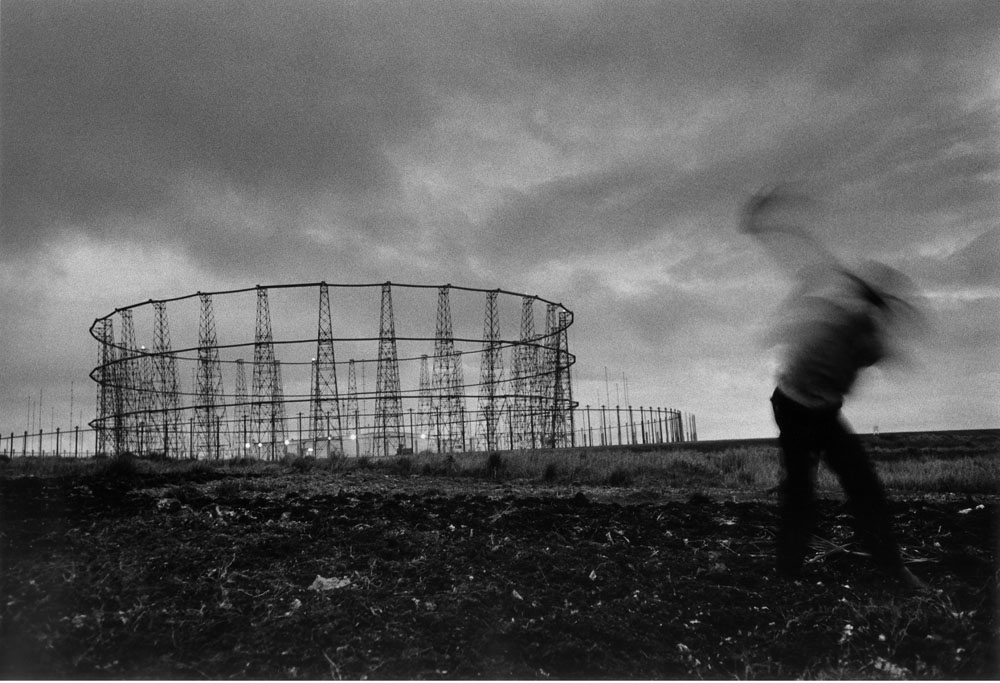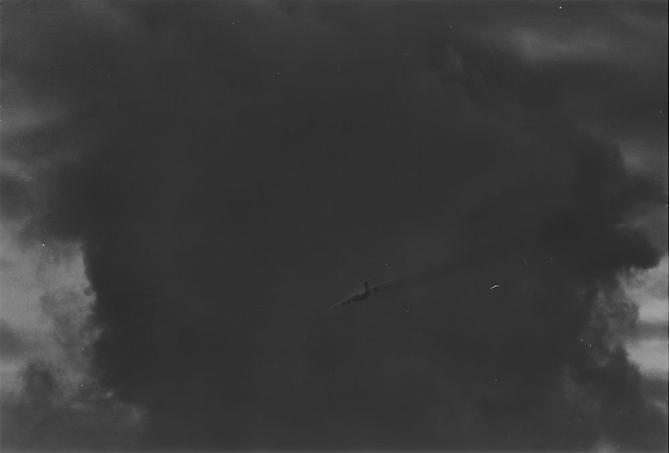SHOMEI TOMATSU
November 8th, 2012 – February 26th, 2013
Galerie Priska Pasquer is pleased to present the second exhibition in Germany to be devoted exclusively to the works of Japanese artist Shomei Tomatsu. The exhibition features a selection of black-and-white photographs and, for the first time in a gallery exhibition outside Japan, colour works by the artist from the late 1960s and the 1970s.
Shomei Tomatsu is regarded as the most important figure in Japanese post-war photography and his work has had a key influence on subsequent artists such as Daido Moriyama, Yutaka Takanashi and Nobuyoshi Araki.
Shomei Tomatsu’s imagery is noted for its varied and complex nature. His style ranges from works leaning towards classical street photography and symbolically charged objects to abstract (urban) views and dynamic, expressive compositions. Depending on the subject matter, the artist expands his visual grammar, creating pictures that walk a tightrope between the concrete and the abstract and between fascination and repulsion. At the same time, these images remain timeless photographs.
Shomei Tomatsu’s works take a unique approach to exploring the changes in society since the 1950s. His photography shows the after-effects of the atom bomb dropped on Nagasaki, the influence of American popular culture, the impact of the Japanese economic boom of the 1960s and the declining archaic culture in Okinawa in the 1970s.
Shomei Tomatsu’s artistic works focus on Japan’s journey towards urban modernity since the 1950s. Indeed, the works in his ‘Protest’ and ‘Eros’ series from the late 1950s have come to symbolise a lifestyle that reflects the search for novelty and appears to be charged with eroticism and aggression. Another theme that has been explored by Tomatsu for more than a decade in the ‘Chewing Gum and Chocolate’ series is the influence of the US occupying forces and of American culture on Japanese society.
In the first half of the 1960s, Tomatsu began to experiment with colour photography. In the late 1960s, he then began to use colour images, in addition to black-and-white photography, as a medium for his key themes. As with his black-and-white works, he manages to create dynamic, expressive compositions with his colour photographs. He transforms the waving flags of a demonstration in his ‘Protest’ series into an abstract composition of moving colours. Even in his more narrative photographs, Tomatsu manages to add symbolic messages. For instance, a photograph of an amusement park, which was taken through a window splotched with red paint, has been described as a modernist, almost painterly desecration of the Japanese flag (John W. Dower).
Galerie Priska Pasquer is pleased to present the second exhibition in Germany to be devoted exclusively to the works of Japanese artist Shomei Tomatsu. The exhibition features a selection of black-and-white photographs and, for the first time in a gallery exhibition outside Japan, colour works by the artist from the late 1960s and the 1970s.
Shomei Tomatsu is regarded as the most important figure in Japanese post-war photography and his work has had a key influence on subsequent artists such as Daido Moriyama, Yutaka Takanashi and Nobuyoshi Araki.
Shomei Tomatsu’s imagery is noted for its varied and complex nature. His style ranges from works leaning towards classical street photography and symbolically charged objects to abstract (urban) views and dynamic, expressive compositions. Depending on the subject matter, the artist expands his visual grammar, creating pictures that walk a tightrope between the concrete and the abstract and between fascination and repulsion. At the same time, these images remain timeless photographs.
Shomei Tomatsu’s works take a unique approach to exploring the changes in society since the 1950s. His photography shows the after-effects of the atom bomb dropped on Nagasaki, the influence of American popular culture, the impact of the Japanese economic boom of the 1960s and the declining archaic culture in Okinawa in the 1970s.
Shomei Tomatsu’s artistic works focus on Japan’s journey towards urban modernity since the 1950s. Indeed, the works in his ‘Protest’ and ‘Eros’ series from the late 1950s have come to symbolise a lifestyle that reflects the search for novelty and appears to be charged with eroticism and aggression. Another theme that has been explored by Tomatsu for more than a decade in the ‘Chewing Gum and Chocolate’ series is the influence of the US occupying forces and of American culture on Japanese society.
In the first half of the 1960s, Tomatsu began to experiment with colour photography. In the late 1960s, he then began to use colour images, in addition to black-and-white photography, as a medium for his key themes. As with his black-and-white works, he manages to create dynamic, expressive compositions with his colour photographs. He transforms the waving flags of a demonstration in his ‘Protest’ series into an abstract composition of moving colours. Even in his more narrative photographs, Tomatsu manages to add symbolic messages. For instance, a photograph of an amusement park, which was taken through a window splotched with red paint, has been described as a modernist, almost painterly desecration of the Japanese flag (John W. Dower).






